Best prescription cycling glasses - Sun protection and vision correction
Not a fan of contact lenses? Worry not, the best prescription cycling glasses are designed to protect your eyes and allow you to see clearly
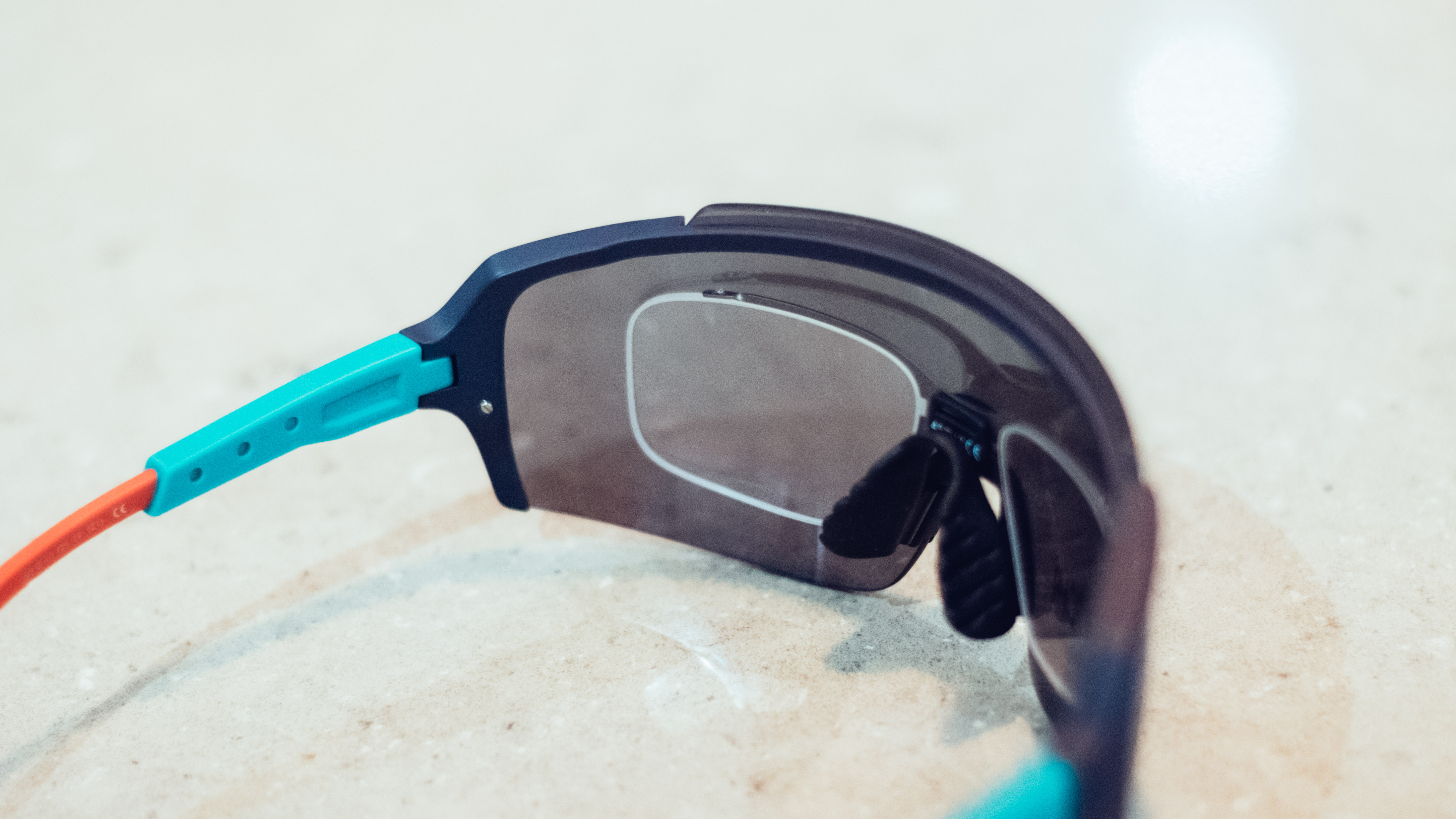
The precise number of people who need vision correction isn’t clear, but aggregating various statistics puts it somewhere around the 40 per cent mark. While a significant number can either manage without correction while riding and simply use the best cycling glasses or can at least use contact lenses underneath, it still leaves a large number of riders out there who will be wondering which are the best prescription cycling glasses for them.
While you could just wear your normal specs while riding, you’ll quickly come up against some serious drawbacks. Normal glasses first and foremost don't offer any UV filtration (unless you happen to have photochromic lenses). They aren’t designed to shield the eyes from wind at the speeds you’ll travel on a bike, and you may find they slip down your nose as they’re only really designed to stay on while you’re upright, rather than the leant-forward position that being on a bike requires.
Keep reading and we’ll take you through the different types of prescription cycling glasses out there today, the pros and cons of each type, as well as a few recommendations.
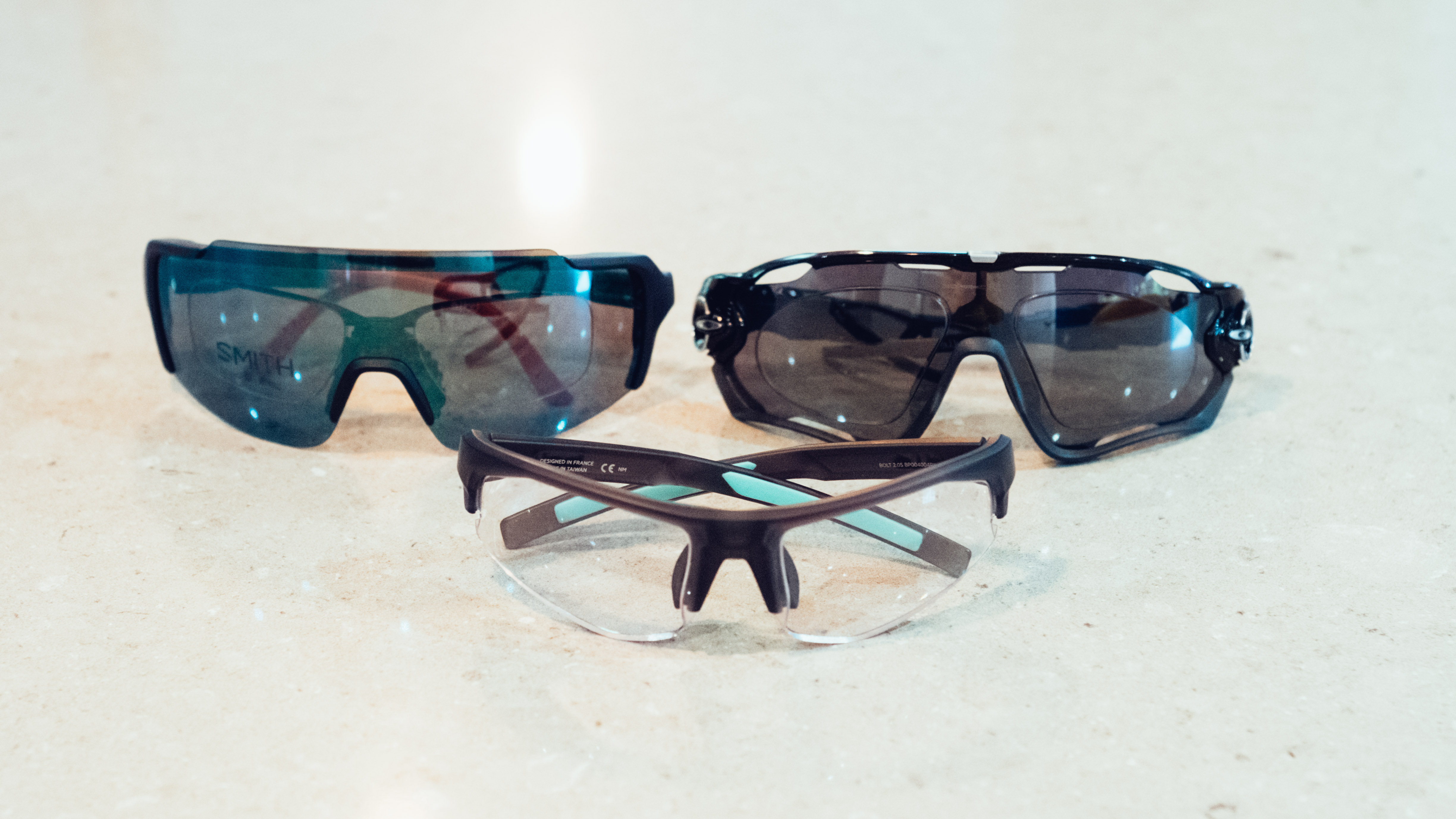
What types of prescription cycling glasses are available?
You've got various options if you are after prescription cycling sunglasses. You can have lenses that are both corrective and tinted (known as Direct Glaze), clip-in lenses that sit behind a standard set of tinted lenses (Indirect Glaze), a hybrid of the two where the corrective lens is bonded to the tinted one, and then there are flip-up lenses to round things out.
Each option has pros and cons, and implications for cost too, so read on to see which might be the best option for you.

Direct Glaze
The most subtle option out there is what’s known as Direct Glaze, which is where the lenses of the sunglasses are themselves corrective as well as handling the UV protection. At a glance they look like any other pair of sunglasses, and without trying them on you wouldn’t really be able to tell that they’re not.
While these are a great option if you want to avoid inserts (we’ll get to those shortly), they are limited in the styles you can find them in. The problem is that, generally speaking, people tend to have one eye worse than the other to some degree, which makes monolens designs impossible to manufacture. If you’re after something like the Oakley Sutro you’re going to need inserts, but if you’re perfectly happy with dual lens designs then there are a myriad of options out there from a wide range of manufacturers. While there’s nothing inherently wrong with a dual lens design, after all it’s what most glasses use, when it comes to cycling sunglasses the trend towards large monolens designs has brought increased protection and a greater field of vision.
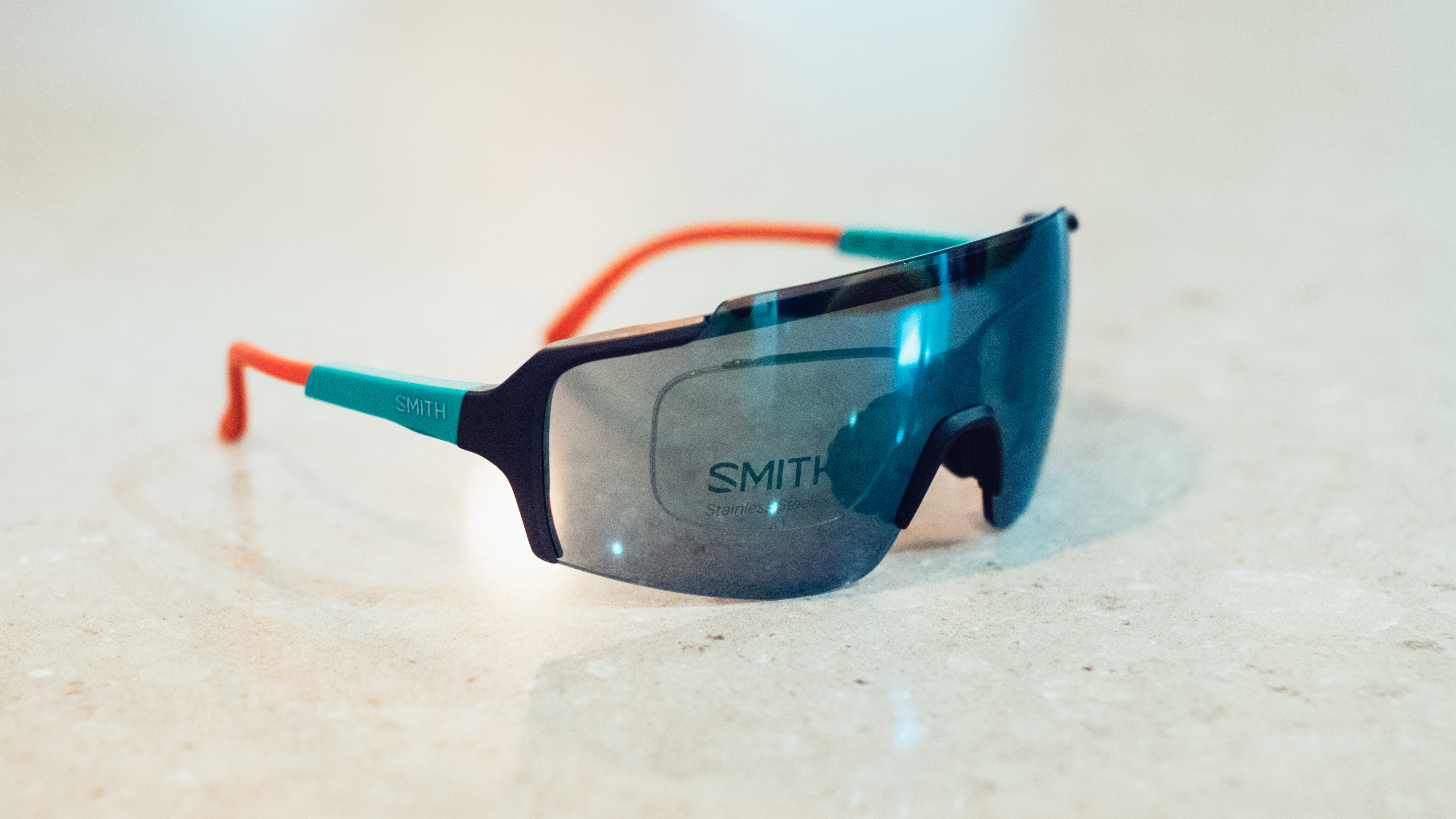
Prescription Inserts / Indirect Glaze
If you’re after a more contemporary looking pair of prescription cycling sunglasses then inserts are going to be the way to go. The system is very simple, and basically just involves a second pair of clear corrective lenses that sit behind the main lens, closer to your eyes.
Given that large monolens sunglasses have to sit farther away from the face so as to not interfere with the cheeks there is room behind for the corrective inserts. The bonus is that they’re often removable so if you occasionally wear contact lenses you can simply take the inserts out and use them like any other pair of cycling glasses.
In an opposite manner to the issues faced by direct glaze, inserts only really work for larger lenses. Dual lens sunglasses tend to sit closer to the eyes, meaning there isn't really any room for a secondary pair of lenses to sit behind.
Oakley offers a hybrid option on some of its models such as the perennial Jawbreaker, whereby the corrective lens is physically bonded to the monolens. This has the added advantage of giving one fewer surface to potentially fog up, as well as negating any potential distortion between the two lenses.
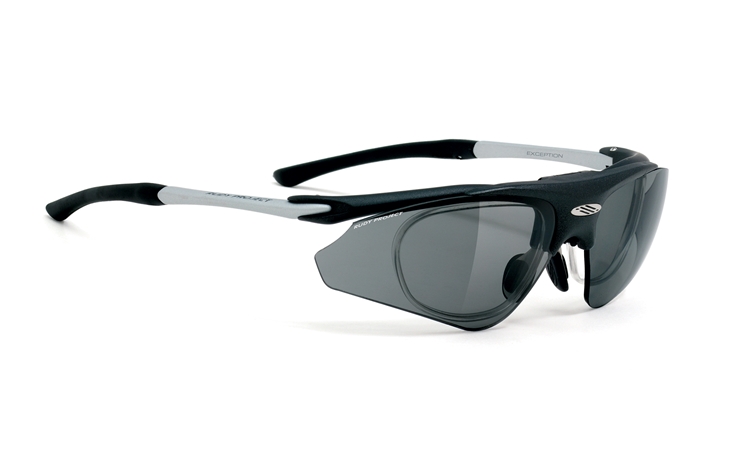
Flip-ups
When I say flip-up sunglasses you probably think of a set of aviators, perhaps worn by your grandpa for driving on a summer’s day (that may just be my childhood memory though). For those of us with particularly strong prescriptions, it may be that a flip-up system is the only option for sports-specific eyewear. Inserts usually have an upper limit of how much correction they can accommodate, beyond which you’ll be confined to a flip-up system.
While they may not necessarily be as en vogue as other options they’ll still provide more wind and debris protection than standard glasses, plus you can easily swap between sun and shade with ease.
Non-cycling prescription sunglasses
While we’ll touch on price later, it’s no secret to anyone that needs glasses that prescription lenses don’t come cheap, and so investing in a pair of prescription cycling glasses that you may only use a few times a week might not be the right choice for everyone.
While sunglasses glasses designed for cycling are going to be better than a pair not designed with speed on two wheels in mind, it’s worth noting that you can still have a great riding experience on a pair of sport-oriented casual prescription sunglasses too, which you will then be more likely to wear off the bike and maximise your investment.
Our advice would be to look for grippy arms and nose pieces, or even better go and try a pair on and shake your head about to test the retention.
The best prescription cycling glasses available today
The following list comprises glasses that feature in our main buyers guide to the best cycling sunglasses, but are also available with vision correct in one form or another, as well as a few options that we think warrant inclusion for other reasons.
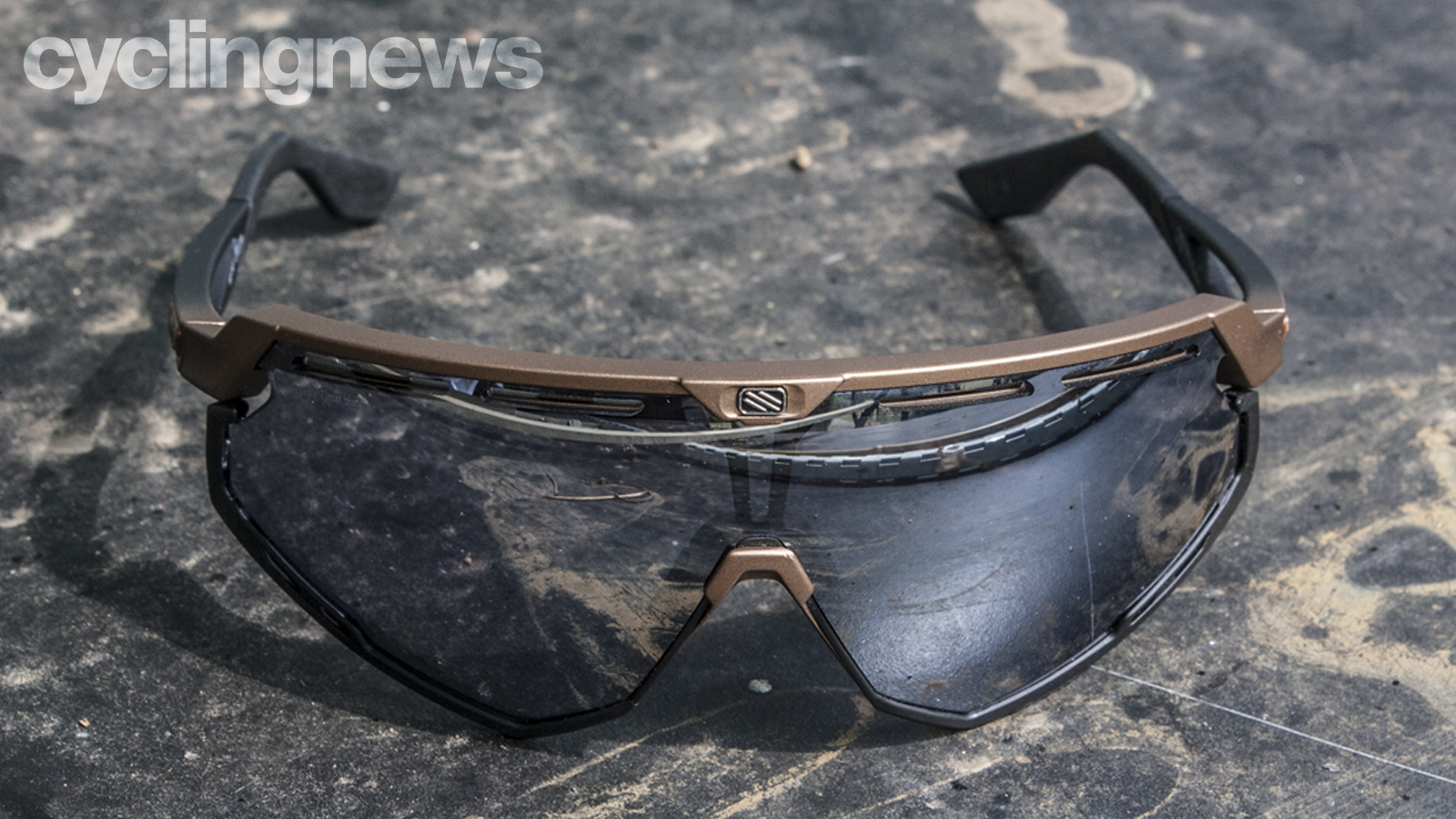
Specifications
Reasons to buy
Reasons to avoid
The Rudy Project Defender achieved a rare perfect score in our testing. Not only did we think they looked great, especially if you're not into the brash styling cues of something like the Oakley Jawbreaker, but they were also extremely comfortable, refused to fog, and come in a variety of shades including an aftermarket photochromic option which would undoubtedly be of benefit. What's more, they're noticeably cheaper than their rivals from other brands, so your starting price before glazing will be lower.
As with other monolens options, these are available with a corrective insert.
Find out more in our review of the Rudy Project Defender sunglasses

Oakley Jawbreaker
Specifications
Reasons to buy
Reasons to avoid
The Oakley Jawbreaker is probably the pair of glasses that really kick-started the modern trend towards large, singular lenses (ignoring of course the original Oakley Eyeshades).
While our official testing of them is still underway, we've used them for a good number of years on an unofficial basis. The field of vision is great, and the combination of low profile arms that can be adjusted to different lengths will be handy for riders with smaller heads who struggle with arms interfering with helmet cradles.
What makes the Jawbreakers unusual is that they can be made with corrective lenses bonded onto the inside of the tinted lens, making something that's pretty close to a direct glaze option while still allowing the protection and style of a monolens. This does however mean that replacement lenses will be more expensive if you want to change tints, but with a Prizm Road lens this shouldn't really be necessary except for night riding.
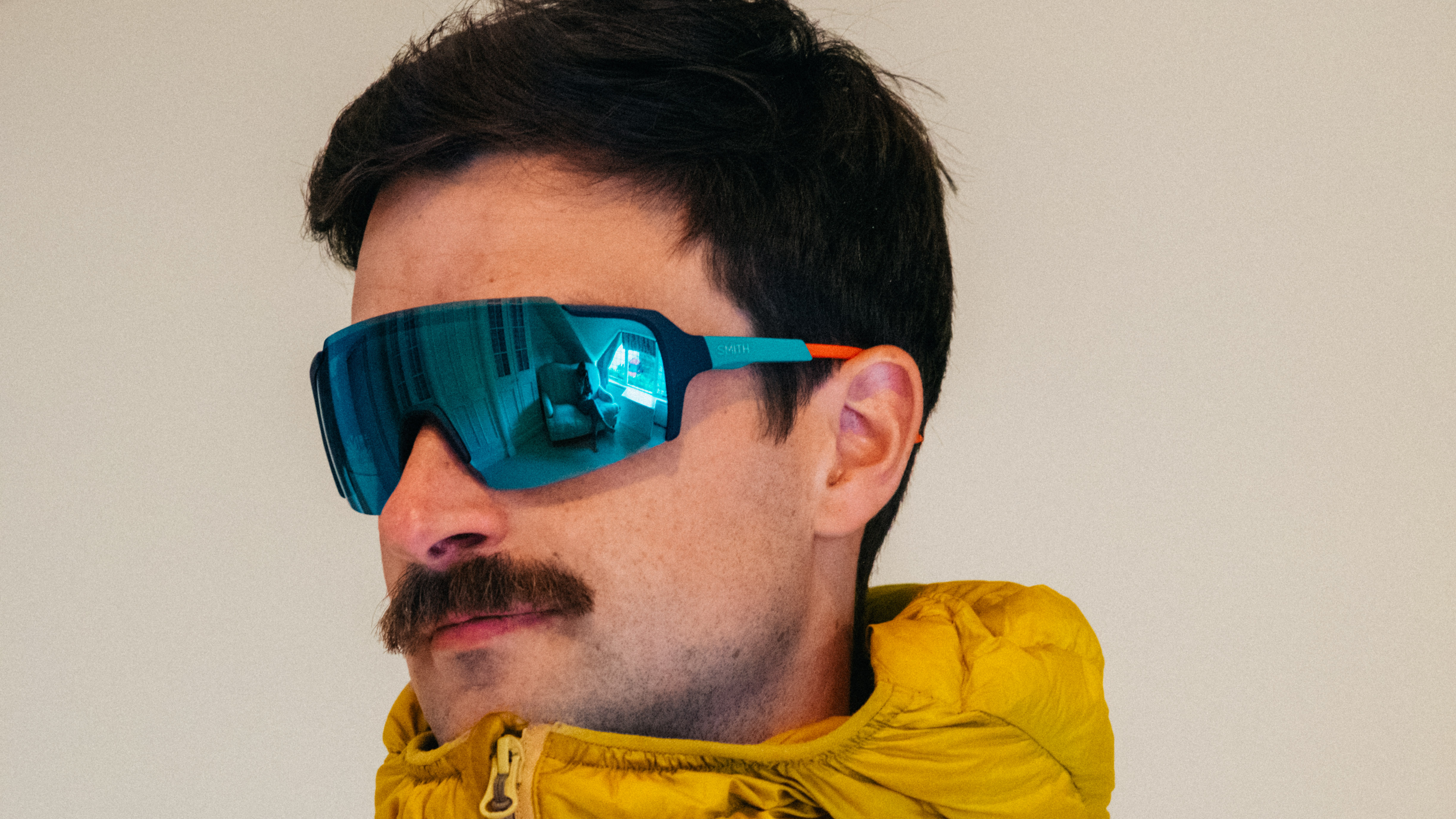
Specifications
Reasons to buy
Reasons to avoid
What the Smith Flywheel lacks in replaceable lenses and adjustable fit it makes up for with an enormous field of view.
In our testing, we found the retention, even on smaller heads, was excellent despite the lack of adjustment, and the proprietary Chromapop lens tint performed well across a wide range of lighting conditions so unless you're regularly riding between bright and dark conditions, not being able to swap lenses shouldn't be a major issue.
The Smith Flywheels are an indirect glaze setup, so if you do fancy riding with contacts in then you can remove the insert.
Read more about why we like them in our Smith Flywheel sunglasses review
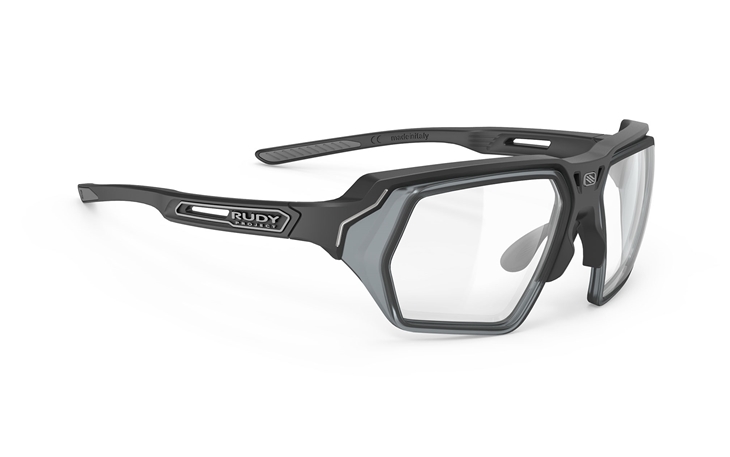
Rudy Project Deltabeat Optical Dock
Specifications
Reasons to buy
Reasons to avoid
Some of us unfortunately will need vision correction greater than what can be accommodated by direct or indirect glaze options. Fortunately, the Rudy Deltabeat Optical Dock exists, which can handle even higher degrees of correction in a platform where the lenses themselves easily clip in and out of the frames.
In our experience, glasses from Rudy Project are comfortable and stay where they're told so we wouldn't expect any issues on that front. The lenses are also larger than many other high-correction options, which should provide a greater field of view while out on the road. The major drawback to these is the lack of tint, so if you regularly ride in bright sunshine, these might not be the best prescription cycling glasses for you.

Rudy Project Exception
Specifications
Reasons to buy
Reasons to avoid
While they can't handle as heavy a correction as the Rudy Deltabeat the Rudy Exception can house a pretty wide range of correction within the clear lenses and have the advantage of flip-up tinted lenses specifically shaped for sports usage.
The tinted lenses are also replaceable, so you can be covered for a wide range of light conditions, and while the lenses flipped up might not be the most aesthetic look, and may be prohibited from fully flipping depending on your helmet choice, they will at least afford you some level of sun protection if you cannot find it elsewhere.
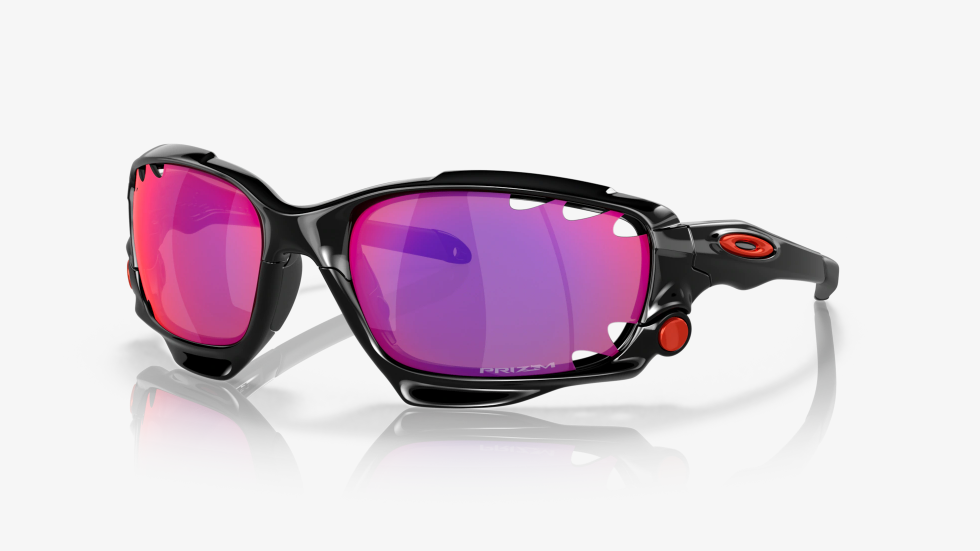
Oakley Racing Jacket
Specifications
Reasons to buy
Reasons to avoid
In recent years the Oakley Racing Jacket has been a rarity in the pro peloton, but when a Tour de France champion like Geraint Thomas continues to use them we'd wager they're probably a decent bet for us mere mortals too.
The lenses are vented to avoid fogging, available in various Prizm tints and are easily swappable. Oakley also have a habit of making glasses that stay put, so we don't foresee any issues with these slipping of your head. The fit isn't adjustable though, so bear that in mind.
If you're after a direct glaze option these are probably a good place to start.
How to choose the right prescription cycling glasses for you.
Which brands make prescription cycling sunglasses?
The good news is that the majority of sunglasses brands will also have the ability, either directly or through third parties, to add vision correction.
Oakley is likely the biggest player in the segment, but they are by no means a wholly dominant force with options from Bolle, Rudy Project, 100%, POC, Uvex, Smith, and Melon to name but a few.
There are myriad other brands available if you want to explore the less cycling-specific options, but those listed above all produce designs aimed squarely at the cycling market.
Rudy Project does stand out in offering a range for a wide variety of visual needs, including lenses with a magnifier in the lower portion for those who struggle to rear their cycling computers.
Other than going directly to the manufacturers, or via your optician, the places with the largest variety of options are third party prescription sunglasses websites, such as RxSport in the UK, or SportRx in North America. Here you can browse a whole host of options from different manufacturers.
How much do prescription cycling glasses cost?
There’s naturally going to be a range of prices that depend on both the model of sunglasses you choose and the strength of your prescription. At the base level, with a cheaper model of sunglasses and a relatively light level of correction, you’ll be looking at somewhere around £140/$170. At the other end of the spectrum, a high-end pair of cycling sunglasses and a strong prescription might set you back upwards of £400/$500.
What lens tint do I need?
This depends on the conditions you ride in to a great extent. If you live in Arizona and you ride in bright sunshine 99 per cent of the time then go for something dark. If you live in Britain, or a state that experiences more unpleasant climatic conditions then go for something that covers a wider range of conditions. Oakley's Prizm Road is an excellent choice, as is the Chromapop from Smith.
If you're opting for indirect glaze it's less imperative, as you can usually swap the main lens for a different tint if you so wish. If you're going for direct glaze then you won't have the option to swap, unless you pay more for alternative lens tints, so make sure you're realistic, or chuck a pair of clear specs in your jersey pocket if conditions look changeable.
The latest race content, interviews, features, reviews and expert buying guides, direct to your inbox!

Will joined the Cyclingnews team as a reviews writer in 2022, having previously written for Cyclist, BikeRadar and Advntr. He’s tried his hand at most cycling disciplines, from the standard mix of road, gravel, and mountain bike, to the more unusual like bike polo and tracklocross. He’s made his own bike frames, covered tech news from the biggest races on the planet, and published countless premium galleries thanks to his excellent photographic eye. Also, given he doesn’t ever ride indoors he’s become a real expert on foul-weather riding gear. His collection of bikes is a real smorgasbord, with everything from vintage-style steel tourers through to superlight flat bar hill climb machines.